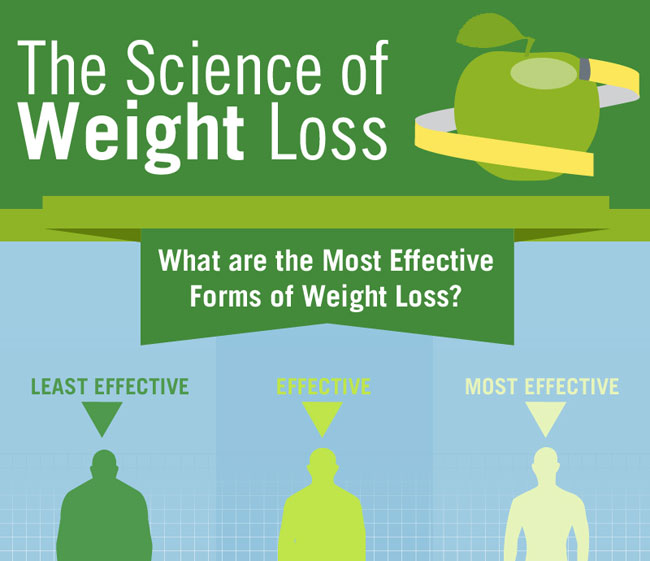Cold laser therapy is a non-invasive, pain-free therapy that helps reduce swelling and improves cell regeneration. It is a secure alternative to intrusive treatments and commonly has prompt results.
Laser photons start a chain reaction of chain reactions within the cell that decrease discomfort, swelling, and speed up recovery. It boosts blood circulation to the location by inducing vasodilation.
What to Anticipate
Cold laser therapy is a non-invasive therapy that uses low-level laser light to pass through deep into injured cells, activating cell feature on several degrees to promote cells healing. This helps in reducing pain and inflammation, while advertising contraction and regrowth.
During a session, you'll sit or rest easily and the expert will certainly note the areas on your body that need to be treated. The professional after that uses a tiny portable tool with the laser to the area. During the treatment, you may really feel a minor prickling or heat in the location of your injury.
Prior to starting therapy, it is very important to cleanse the area of your injury and eliminate any type of fashion jewelry or various other things that can hinder of the laser's course. It's also necessary to prevent any type of combustible products that could be in the location of the laser light beam. This will certainly guarantee your safety and security and the performance of the therapy.
Prep work
Cold laser therapy works by shining light externally of your skin. The light is soaked up by the leading layer of your skin and afterwards boosts the cells to produce power that advertises recovery.
Throughout the therapy, you might really feel a cozy or prickling feeling in the location that is being dealt with. This is totally typical, though you must let the specialist know if the sensation is awkward or as well strong.
This treatment has a lot of assurance for helping people with distressing brain injury (TBI). The therapy is non-invasive and does not have any unfavorable negative effects. Nevertheless, even more study is needed to determine the ideal therapy protocol. The most effective means to figure out if you are a candidate for this sort of treatment is to speak with a qualified physical therapist. They will certainly have the ability to aid you determine if cool laser treatment is right for you.
The Treatment
Once the expert has properly placed you for therapy, they will after that place the chilly laser gadget on the injured area. They may maintain it on for 30 seconds or longer, depending upon the size of the injury and its sensitivity. They will use protective goggles to guarantee that the laser does not straight hit the eyes, and they will certainly see to it that laser therapy for acne you are secured from any glare that can happen.
You may feel a small tingling sensation on the area that is being treated, yet it will certainly not be undesirable or agonizing. This is an indication that the laser is working to stimulate the healing procedure in the impacted cells.
A lot of individuals experience pain relief within a couple of sessions, with some seeing long lasting results even after numerous months of therapies. It is very important to note that LLLT is not indicated as a sole therapy for any type of chronic pain condition and it need to be coupled with other therapeutic techniques in order to accomplish maximum results.
Post-Treatment
After you relax or rest, the expert will use a stick with a series of light-emitting diodes to target your pain site. You will certainly put on safety eye goggles, and the laser may be hung on your skin for 30 to 60 seconds. You may really feel a mild, comforting experience during the therapy.
The photons from the laser permeate deep right into your tissue, causing a recovery reaction on a mobile level. Unlike various other forms of laser therapy, this low-intensity technique does not develop warm.
Some researches have actually shown that chilly laser therapy works in dealing with a number of problems, consisting of persistent discomfort and wounds. Nonetheless, it is much less widely approved as a conventional clinical method, and it isn't covered by numerous health insurance strategies. Furthermore, it is not recommended to be made use of over any kind of questionable cancerous sores or cancers or on expecting women. You need to constantly speak with your oncologist prior to pursuing this type of treatment.
